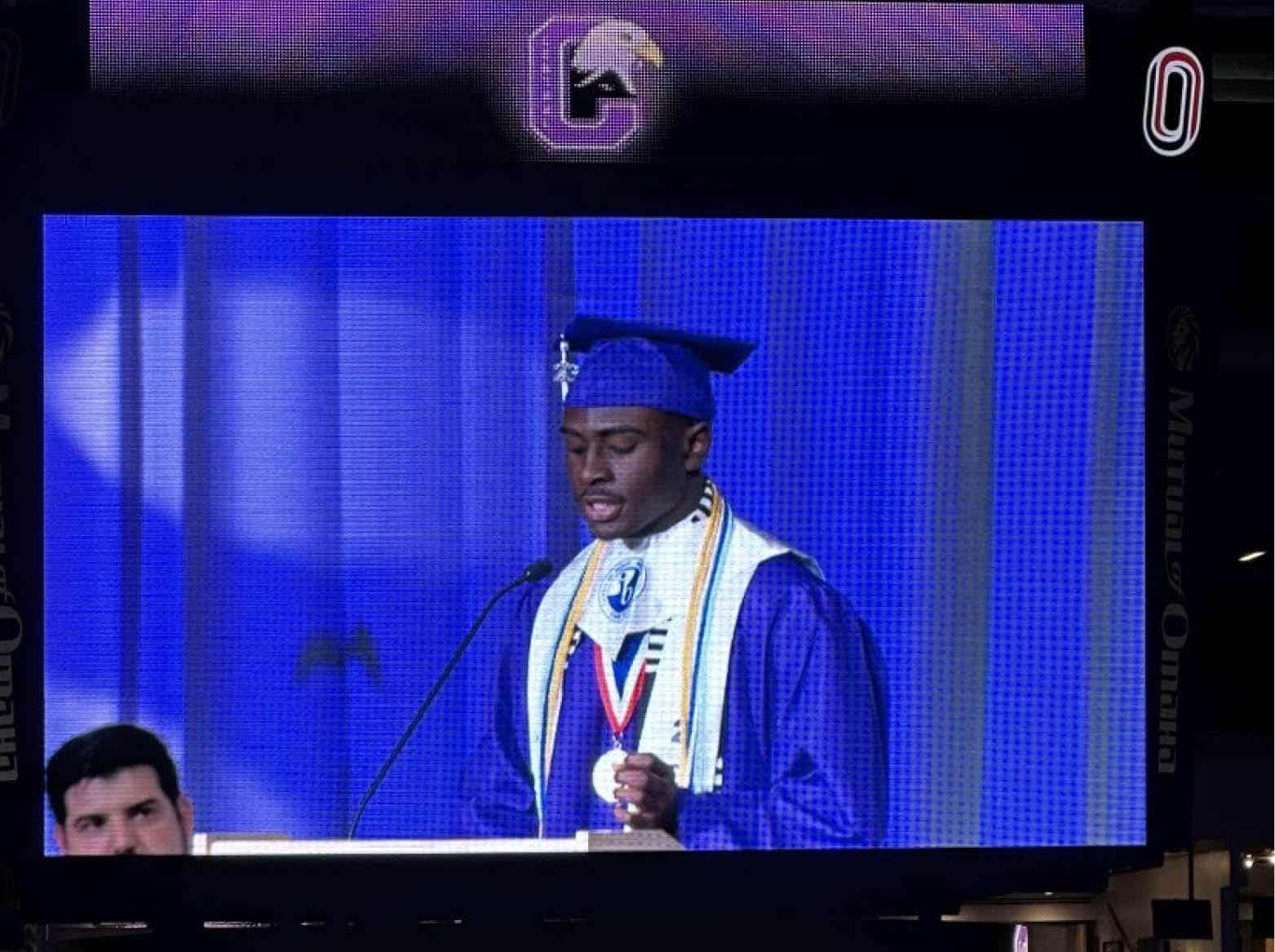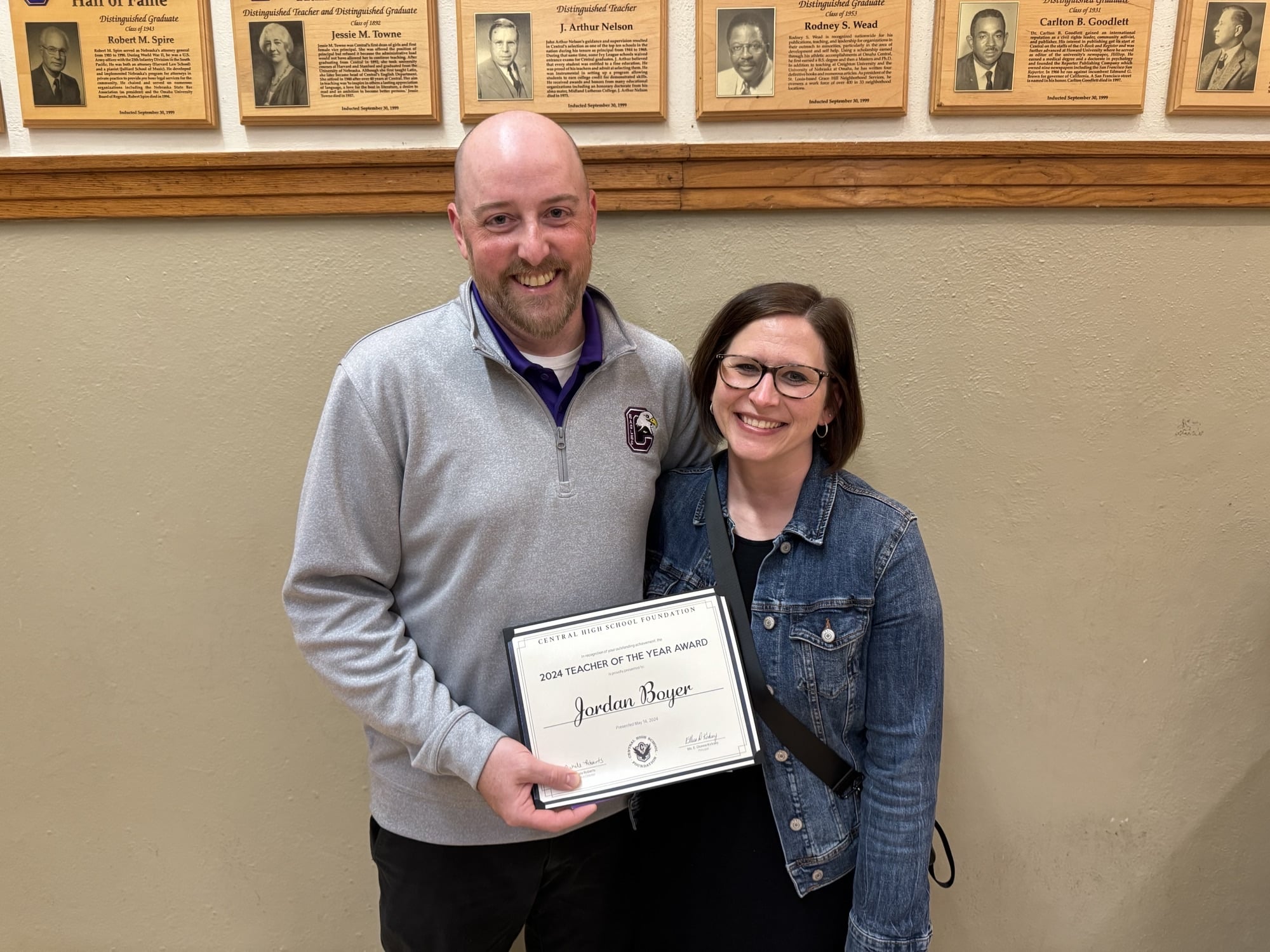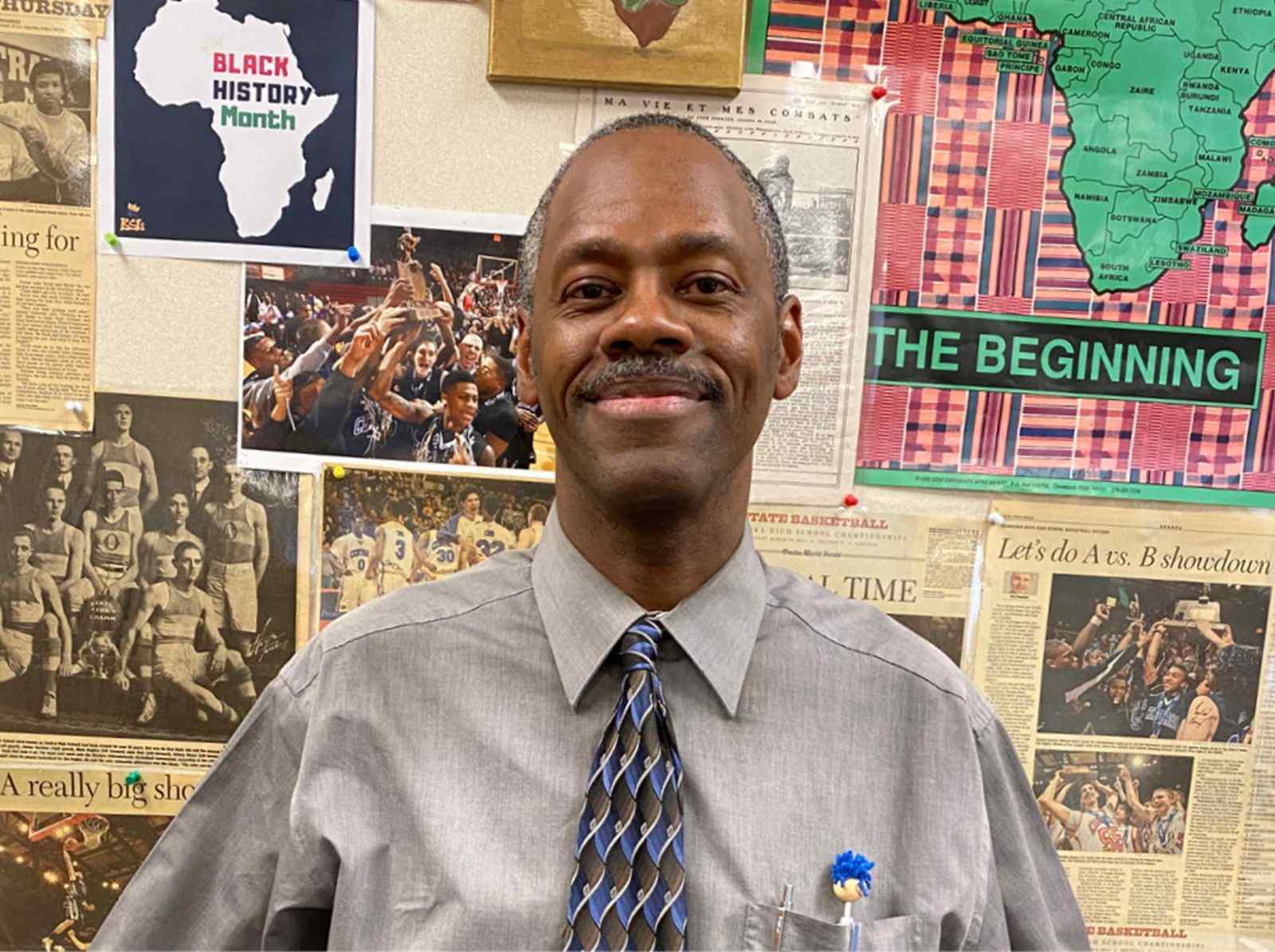Written by Ali Hodge, Class of 2009
Mullen’s classroom is more than just decorated with the black and white portraits of African American leaders. The walls of his classroom pay homage; memorializing images fill nearly every free space of the front of his classroom. Mullen, who has taught African American history at Central for 22 years, aims to educate students away from preconceived notionsthey may have had when they entered the classroom. “[This class is] not all about slavery — that they learn realquick,” he said. “My goal for the class is to show them exactly what African American history is, and to give them more understanding than they had when they came into the class.”
Central High School has offered African American history since the 1980s, giving many classes of students the unique opportunity to study American history more deeply, with a more inclusive lens. This is something that is still relatively unique to public schools, many of whom are too confined by tight budgets and staffing issues to offer extracurricular academics that specialize in areas too often overlooked by the general curriculum.
The National Center for Education Statistics found that public schools across America are generally less likely to offer academic extracurriculars than private and public charter schools, but research supports a strong link between these courses and increased student engagement. At Central, we are lucky to be able to offer high-quality courses in many different areas of specialized study, such as African American History, Holocaust Literature, Journalism, and more.
Mullen said his course, which runs for one semester, covers a wide range of time; from the diaspora to the current day. Students year after year find the content to be fascinating, and he said some lessons are a big hit each time he teaches them. One of these such lessons is about U.S. Presidents who owned slaves. Sally Hemings, for example,enchants students every time. Something about the mystery of her relationship with Thomas Jefferson undoubtedly catches their attention. Mullen said he also shows sections of the acclaimed documentary Roots, based on Alex Haley’s 1976 novel, and “students really like that.”
Mullen said he builds his classroom to be an inclusive space where all topics can be discussed respectfully, which is important because he constantly links current political and social movements back to their historical roots. His classroom, a space already marked by the portraits of prominent Black figures from history, is a place for academic discourse and discovery. This helps Mullen achieve his goal of preparing each Eagle to leave his classroom understanding the world around them a little better.
Sources: U.S. Department of Education, National Center for Education Statistics (NCES), National Education Longitudinal Study, Second Follow-up, 1992.
Photos by: Lanae Kent (12) and Malaby Byrd (12)


